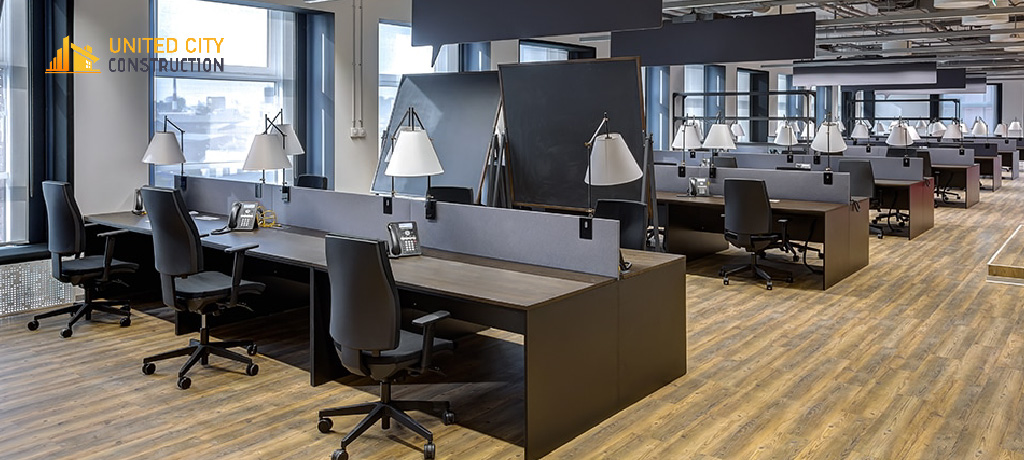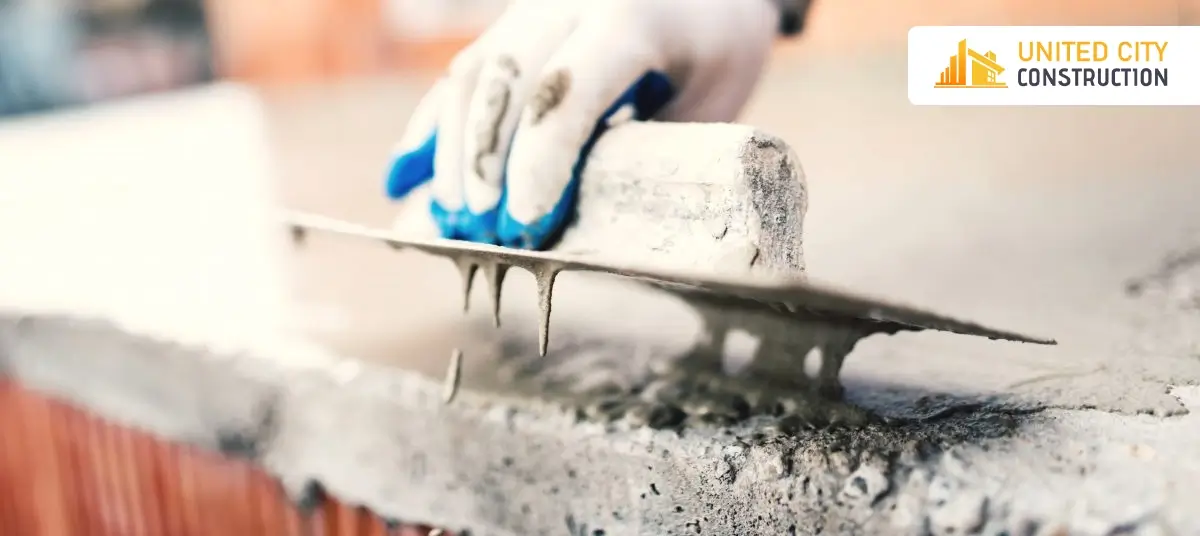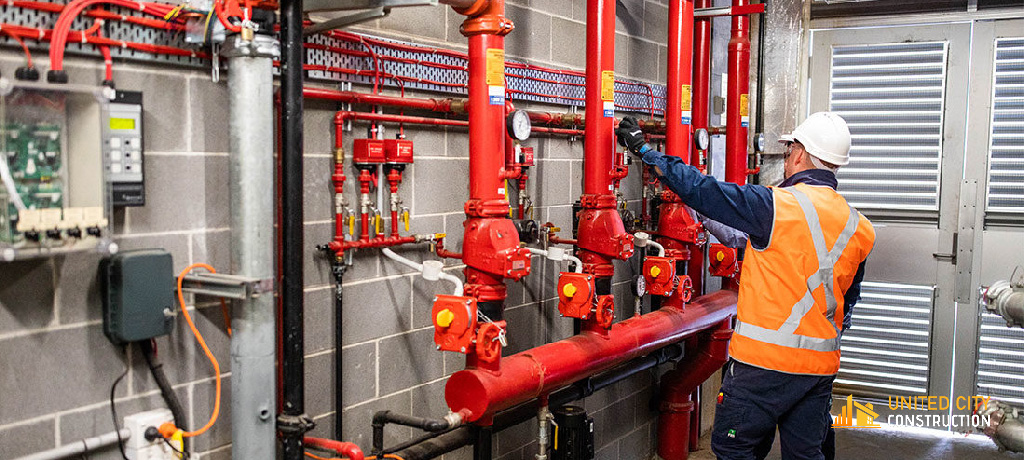How to Choose the Right Flooring for Your Commercial Building

Choosing the right flooring for your commercial building is a crucial decision that can significantly impact your business environment's overall look, feel, and functionality. Whether renovating or building a new commercial space, selecting the right flooring is essential to create a comfortable and inviting atmosphere for employees, customers, and visitors. In this guide, we'll explore the key factors to consider when choosing commercial flooring and how working with a reputable commercial construction company or general contractor can ensure you make the best choice for your space.
Assessing Your Needs
Before selecting a flooring type for your commercial space, you must assess your specific needs and requirements. Consider the following factors.
- Determine the level of foot traffic your space will experience. High-traffic areas will require more durable flooring options.
- Consider the flooring material's durability, especially in areas prone to heavy use or potential damage.
- Evaluate the maintenance requirements of different flooring options. Some materials may require more frequent cleaning or special care.
- Consider your space's overall design and aesthetic. Choose flooring that complements your interior design scheme and brand image.
- Determine your budget for flooring installation and maintenance. Consider long-term costs and potential savings.
- Ensure that the flooring material meets safety standards and provides slip resistance, especially in areas where spills or moisture are common.
- Consider the environmental impact of the flooring material. Look for eco-friendly options that are sustainable and recyclable.
Types of Commercial Flooring
There are several types of flooring options available for commercial spaces, each with its own set of benefits and considerations. Here are some common types of commercial flooring to consider.
Carpet:
Carpeting is a popular choice for commercial spaces due to its comfort, sound absorption, and design versatility. It's available in various colors, patterns, and textures. However, carpeting may require more maintenance in high-traffic areas and be prone to stains and wear.
Vinyl:
Vinyl flooring is durable, water-resistant, and easy to maintain, making it an excellent choice for commercial spaces. It's available in sheet, tile, and plank formats and offers a variety of styles and designs. Compared to other options, vinyl flooring is also cost-effective.
Hardwood:
Hardwood flooring provides a classic and elegant look to commercial spaces. It's durable and can be refinished multiple times, extending its lifespan. However, hardwood flooring may be more susceptible to scratches and water damage, so it may not be suitable for all commercial settings.
Laminate:
Laminate flooring offers the look of hardwood or stone at a lower cost. It's durable, scratch-resistant, and easy to maintain, ideal for high-traffic areas. Laminate flooring is available in various styles and colors, mimicking natural materials.
Tile:
flooring, including ceramic, porcelain, and stone tiles, is durable and easy to maintain. It's resistant to water, stains, and scratches, making it suitable for various commercial settings. Tile flooring is available in various colors, patterns, and textures.
Concrete:
Concrete flooring is a durable and low-maintenance option for commercial spaces. It can be polished, stained, or sealed to create a unique and stylish look. Concrete flooring is ideal for high-traffic areas and can withstand heavy loads.
Choosing the Right Contractor
Selecting the right commercial construction company or general contractor is crucial when installing new flooring in your commercial building. Here are some tips to help you choose the right contractor.
- Look for a contractor with experience in commercial flooring installations. They should have a portfolio of past projects and be knowledgeable about different flooring types and installation techniques.
- Research the contractor's reputation by reading reviews and testimonials from past clients. A reputable contractor will have positive feedback and a good track record of delivering quality work.
- Ensure that the contractor is properly licensed and insured to work in your area. This protects you from liability in case of accidents or damage during the project.
- Obtain quotes from multiple contractors and compare them to ensure you're getting a fair price. However, be wary of contractors offering significantly lower prices, as they may compromise on quality.
- Choose a contractor who communicates clearly and openly about the project timeline, budget, and any potential issues that may arise. They should be responsive to your questions and concerns.
- Ask the contractor for references from past clients and follow up with them to get feedback on their experience. You can also ask for recommendations from friends, family, or colleagues who have worked with commercial contractors before.
- Ensure that the contractor provides a detailed contract outlining the scope of work, timeline, and payment terms. They should also offer a warranty on their workmanship to guarantee the quality of their installation.
Installation Process
The installation process for commercial flooring can vary depending on the flooring material chosen. However, here is a general overview of the typical installation process.
Preparation:
The first step is to prepare the subfloor by ensuring it is clean, dry, and level. Any existing flooring may need to be removed, and the subfloor may need to be repaired or primed.
Acclimation:
Some flooring materials, such as hardwood or laminate, may need to acclimate to the environment before installation. This involves storing the flooring in the space where it will be installed for a specified period to adjust to the temperature and humidity levels.
Layout:
The next step is to lay out the flooring material according to the manufacturer's instructions. This may involve marking guidelines for placement and ensuring proper alignment.
Installation:
The flooring is then installed according to the manufacturer's specifications. This may involve gluing, nailing, or clicking the flooring into place, depending on the type of material.
Finishing Touches:
Once the flooring is installed, any necessary finishing touches are made. This may include trimming edges, installing baseboards or transitions, and applying a sealant or finish to the flooring.
Cleanup:
After the installation is complete, the area is cleaned up, and any debris or leftover materials are removed.
Inspection:
A final inspection is conducted to ensure that the flooring has been installed correctly and meets quality standards.
Maintenance:
The installer may provide maintenance tips and recommendations for caring for the new flooring to ensure its longevity and appearance.
Conclusion
Choosing the right flooring for your commercial space is a decision that should not be taken lightly. It can impact the overall look, feel, and functionality of your building. By assessing your needs, considering different types of flooring, and selecting the right contractor, you can ensure that your commercial flooring project is a success.
Ready to upgrade your commercial building with new flooring? Contact United City Construction today to schedule a consultation. Let us help you choose the perfect flooring option for your space and ensure it is installed precisely and carefully.











